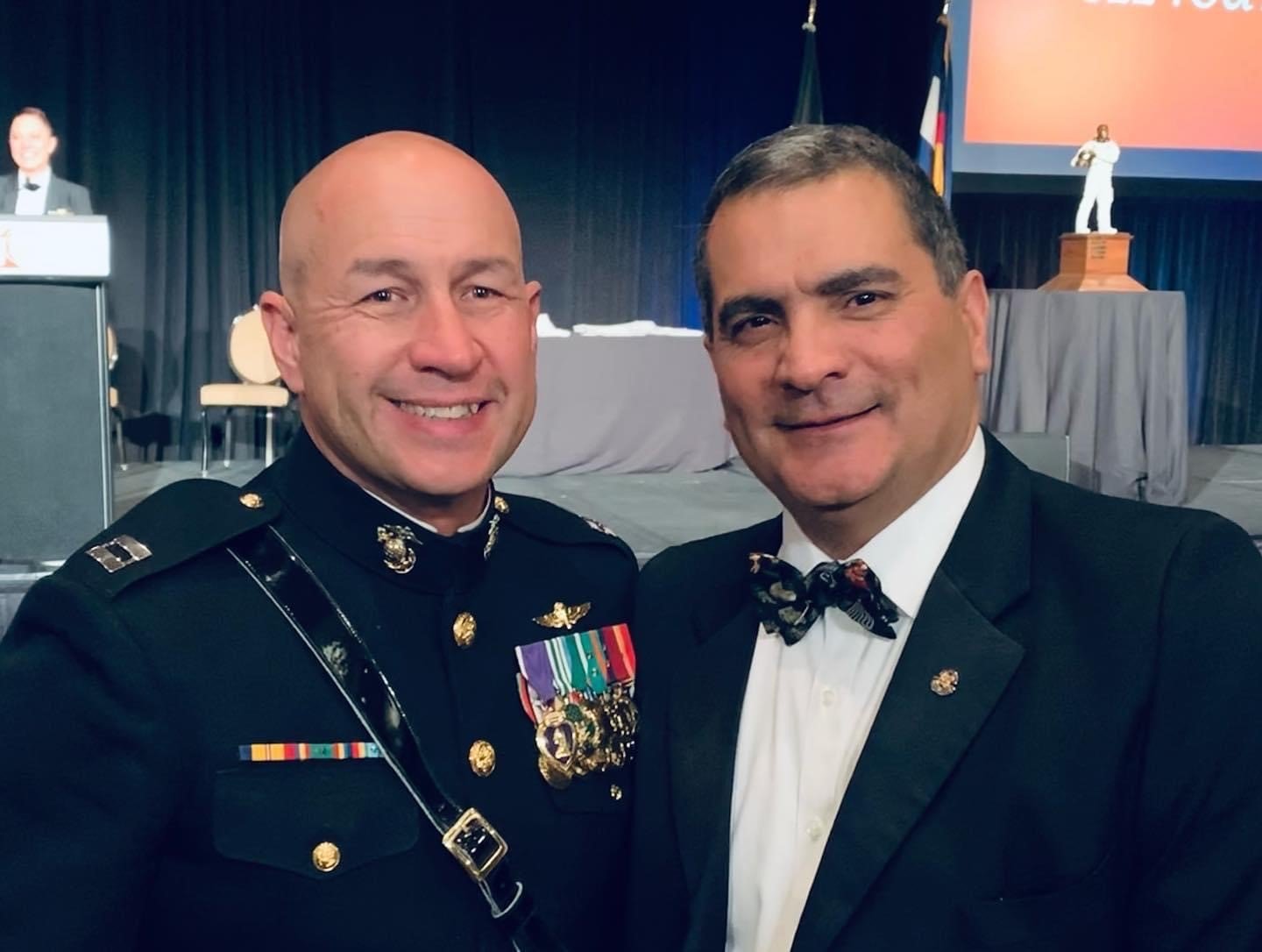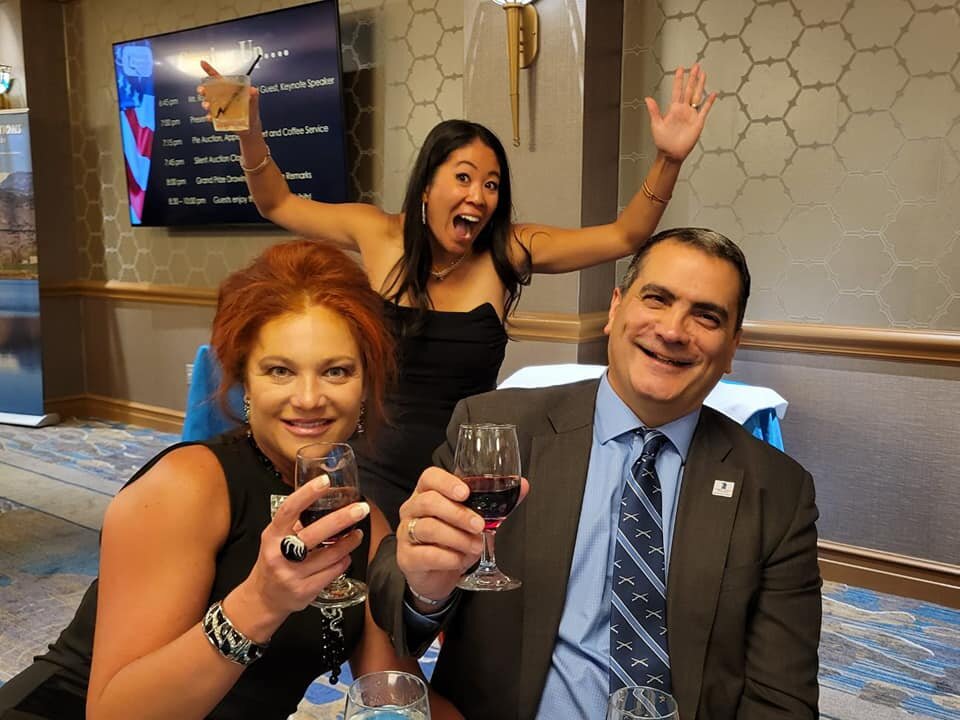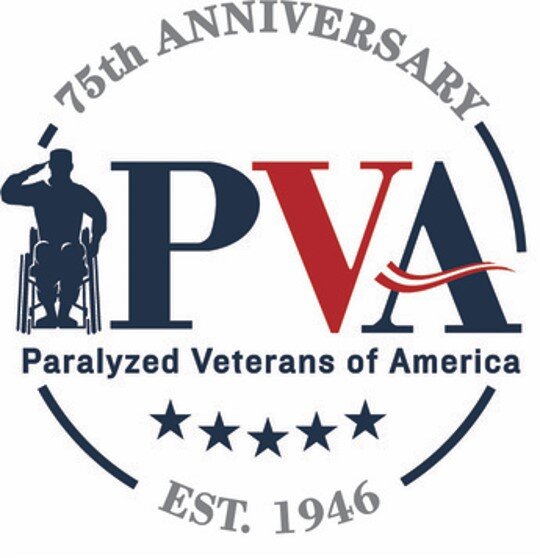An MOS doesn’t capture the whole you – read more here
“So what was your MOS?” This is a question that we all have been asked at one point or another. For some, this is seen as a conversation starter – the asker found out you’ve served and it’s an easy way to break the ice. Many hiring managers do this as well, though most don’t fully understand what an MOS represents. Despite that, it’s often used to size someone up to see where they might fit into a position.
The problem with this is that all of us are more than just our MOS – much more. We all possess skills and training that come from joining the military, becoming a key part of a larger team and taking on a role within our service. Every one of us has been given additional duties outside of what our MOS entails, and we all consider it part of the job.
Therein lies the rub – our MOS is not a full representation of who we are as a potential candidate for a job.
Your MOS Isn’t the Whole Story
An MOS, or Military Occupational Specialty, is just that – a specialty. It highlights specialized training an individual may have, but in no way does it capture the entire individual or completely summarize our experience.
It’s very similar to graduating from college with a major – the major is an area of focus, but the fact that you were able to complete a degree program conveys much more about you. A lot of jobs require a degree, and while some jobs may seek degrees in certain areas (engineering, accounting) quite often the cut-off is simply having a college degree. For example, my degree is in history but throughout my career I’ve had jobs in project management and operations.
Having (and earning) an MOS should be viewed by you in the same way – while you may have specialized in something, you’re the sum of much more. Every service member, whether they be an E-1 or an O-10, has been responsible for leading projects, managing people and being financially responsible for equipment. These are things that are drilled into you from the time you start basic training, and they’re expected of you no matter your duty station.
Remember how you signed your life away when you took possession of your rifle, or when you had to drive a vehicle from Point A to B? Notice how E-5 (Sergeants) are the ones who catch grief from higher ups when the Private messes up? This is because we’re tasked with duties outside of what our MOS designates.
How to Reframe Your Ideas of Your MOS and Experience
For example, look at how Op-Orders are conveyed – you’re given the situation and then told what your mission will be and how you’re expected to execute it. Faith is put in you to manage the people and equipment given to you to complete a task. In interview-speak, that is project management, leadership and fiduciary responsibility, plain and simple.
Want more proof? Simply look at an NCOER (non-commissioned officer evaluation report) or OER (officer evaluation report). In both instances, raters look at far more than just MOS. Leadership, how you train others, and responsibilities, among other things, are in your evaluation. While principal duty title is required, right below are sections for additional duties and appointed duties. Is there any check box asking if the soldier is doing exactly what his MOS states? No, not at all. It’s understood that we all do something more than our primary MOS.
Many companies and hiring managers who want to hire Veterans sometimes don’t get this. They see an MOS, look it up and don’t consider the outside responsibilities we all have. Honestly, this is also a hang-up for many of us as Veterans looking to enter the workforce. We tend to think of ourselves just by our MOS, disregarding other items we managed.
This is why you need to convey the whole you and not limit yourself into what your job title was while in service. What we all need to do is change the conversation and create the understanding that members of the military have much more behind them than just their MOS.
Overcoming MOS Assumptions and Misperceptions
When you introduce yourself, let people know you served and let them know that you managed people and projects as part of what you did. We have all heard a fellow Vet who has said with earned pride, “I was a cavalry scout.” What a civilian with no military experience imagines is John Wayne riding across the plains on a horse. A better way to convey this might be “I’m an Army Veteran where I managed people and projects, and I’m looking forward to doing that as a career.” Later, as you get to know someone, you can mention you were a Cav Scout.
Finally, I have to say that this is one of my big irks with most online MOS translators. There is a general tendency for these tools to match someone into a role specific to the MOS. For me as an Army Infantryman – MOS of 11B – by all rights I should be either a police officer or a security guard. I have done neither. What I have brought to the job is follow-through, dependability and leadership. This is what’s missed by most online MOS translators, and it makes it difficult for service members looking to enter a career path.
To be fair, I have seen some good corporate programs out there that do take this into account. I give some big kudos to AT&T as a prime example. If you go to their Veteran Hiring page, you will be prompted to enter your MOS and then given a list of positions that you might fit into. When I enter 11B here, I get a lot of listings including Logistics Associate, Premises Technician and Training Facilitator, just to name a few.
Does it mean you automatically get the job? No – but at least they’re taking into account your overall military background and offer these positions up as possible matches. This gives you an idea of some of the places you can go with your background.
So, my fellow Vets, let’s not limit ourselves to just our MOS, because we all know we did a whole lot more that’s not captured by that title. Let’s change the dialog and position ourselves as more than our MOS. Hiring managers, just know that all of us who have served have a much wider range of experiences and responsibilities beyond our MOS.
It’s time for both sides to move beyond what a few numbers and letters convey.
*This article was originally published by Every Veteran Hired.





















